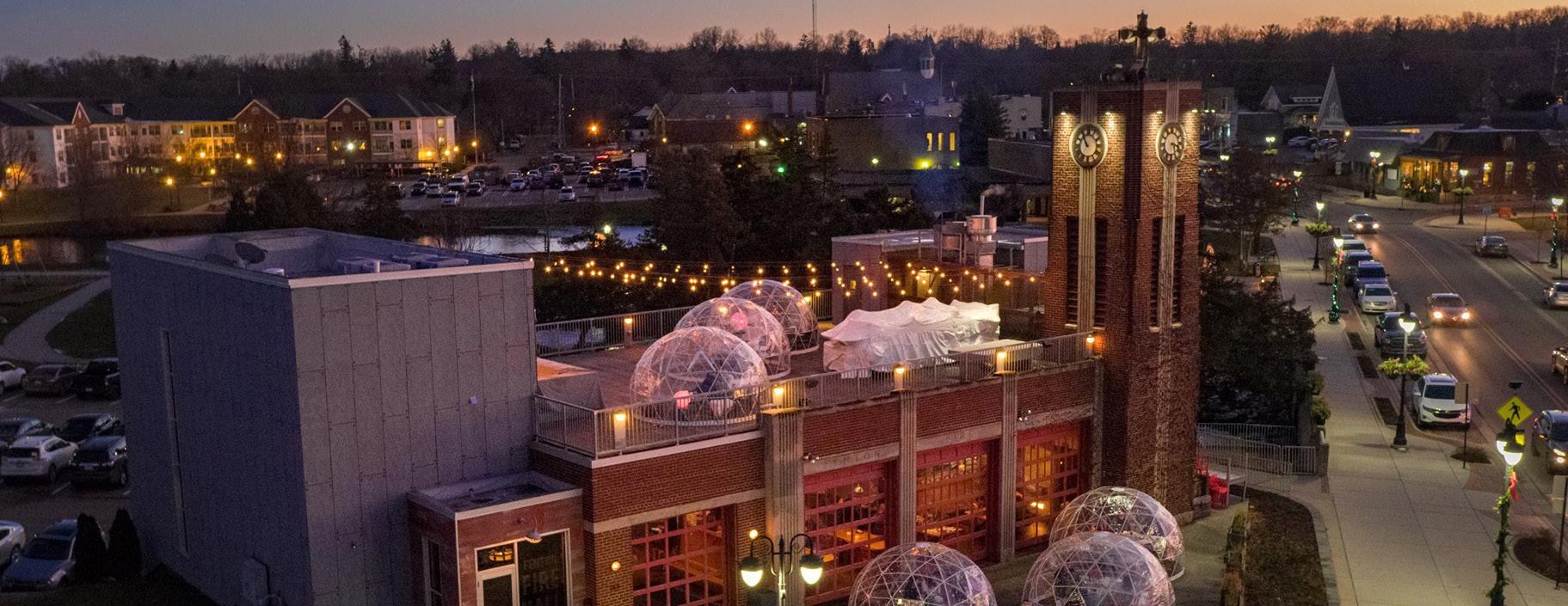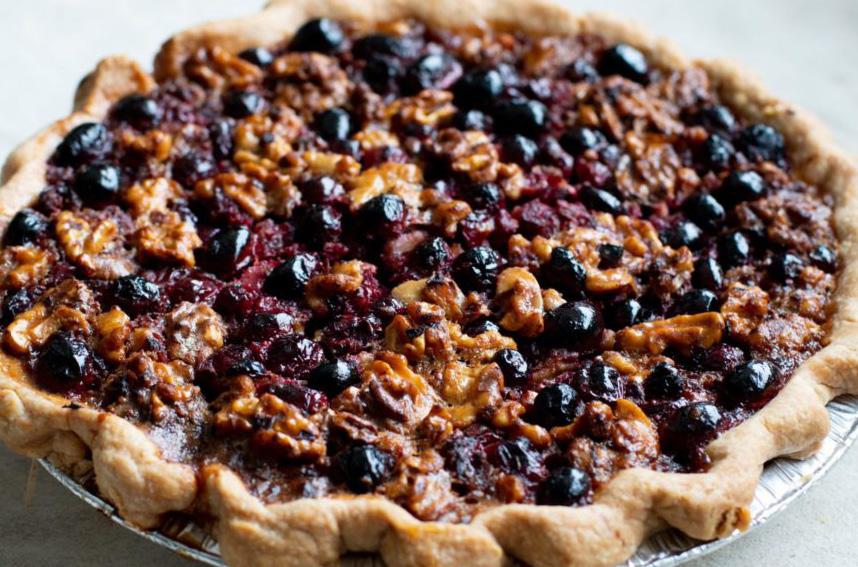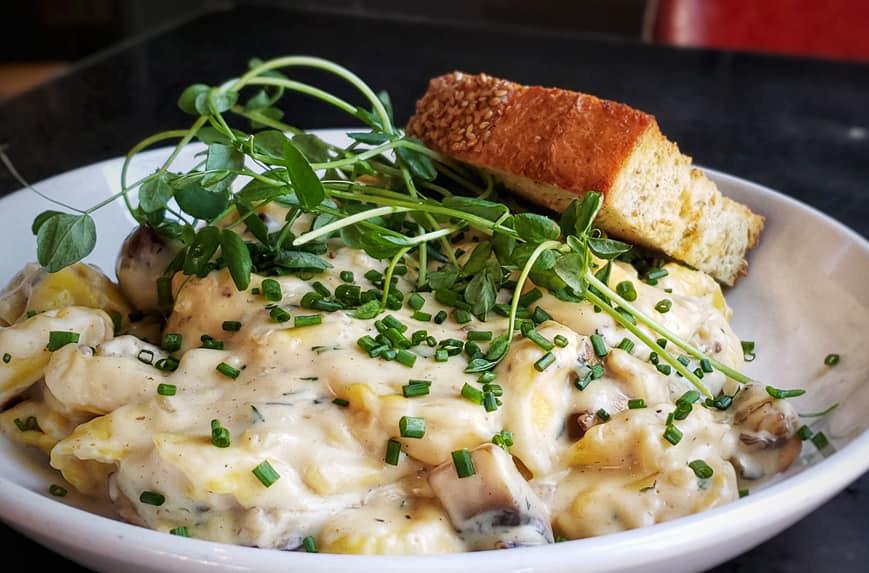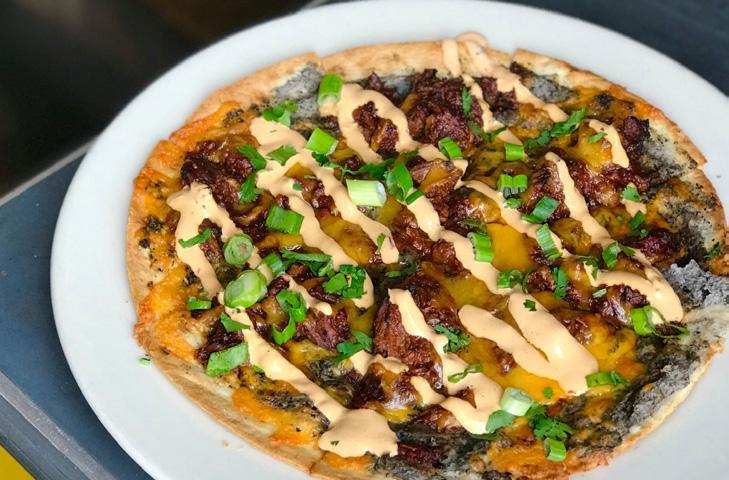
5 minute read
Let the cookies chill on the baking sheet for
Baking vs Artisan Baking
Learn the differences between baking and artisan baking
Advertisement
Characteristics of artisan breads 1. Usually produced in small factories 2. Made by hand using traditional processing techniques
3. Higher water absorption levels 4. Lean formulations 5. Pre-ferments 6. Longer fermentation times compared to commercial pan bread and rolls
Artisan breads do not have a Standard of Identity set by the FDA. Therefore, there is no absolute definition of what ingredients and processing conditions to use and what the finished product characteristics should be.
This category of bread is becoming more important in the baking industry as customers are looking for products with different and creative designs, maximum freshness and clean labels.
Origin
The term artisan bread conjures the image of artisan bakers who are masters of their craft, shaping breads by hand and only using the basic bread ingredients: flour, water, yeast, salt, and most importantly time. This is a stark contrast to the standardized, repeatable and industrially-produced breads that are often found in the supermarket bread aisle.
The term artisan bread can include hearth breads (those baked without pan), and sourdough breads. Some examples are: baguette, ciabatta, focaccia, naturally leavened multigrain bread, naturally leavened white bread, panettone and brioche (enriched artisan type).
Artisan breads are usually baked in hearth-style ovens (with radiant heat as main source of heat transfer), and ovens that are designed to inject/exhaust steam into/from the baking chamber. These types of bakery products are usually crusty, with a large and open cell structure. They also have a rustic look, ornate scoring and/or flour dusting on top.
How are artisan breads made?
Artisan breads are characterized by their lean formulation (i.e. low sugar and fat level), little to no use of dough conditioners (except for enzymes used for dough strengthening and crumb softening), and high or low hydration levels (depending on shape and spread desired by the baker).
Formulation Flour: “True artisan” breads use wheat flours with a lower protein content (10.0–10.5% on a 14.0% moisture basis) but superior quality such as hard red winter wheats to produce chewy texture and open grain without toughness. Commercially produced artisan bread often requires higher protein flours to withstand dough machinability. High water amounts: the resulting higher hydration doughs will be slack and sticky and can only be handled by hand or specialized equipment. Biochemical leavening: baker’s yeast, wild yeast, naturally occurring lactic and acetic bacteria. Longer fermentation times of these microorganisms provide unique flavor, aroma and volume development at lower concentrations. Preservatives: artisan bread doughs are fermented to low pH’s (4–5) which acts as a natural preservative.
Processing conditions Fermentation: bulk for about 24 hours at room conditions of T°/RH. Mixing: shorter mixing time due to lower tolerance/stability of the low protein dough and its high acidity. Makeup: application of very gentle stress and strains on the dough piece to preserve the open cell structure and gassiness.
Proofing: intermediate to long proofing/resting times to allow the dough to recover from mechanical work. Dusting flour: higher amounts to reduce stickiness and improve handling of high absorption doughs. It can also provide distinctive appeal to baked goods.
The best food and places to eat in Downtown Fenton

One of my favorite meals comes from a bakery in the historic and totally adorable town of Fenton. At the end of the year when, as a restaurant reporter and food writer, I’m asked about some of my favorite meals in 2018, I will immediately remember the flaky, spinach croissant stuffed with a ridiculous amount of soft feta cheese that I enjoyed an hour north of downtown Detroit.
Crust: A Baking Company is so much more than baked goods. Not only is it fueling downtown Fenton with a full coffee bar (and a full booze bar), Crust, at 104 W. Caroline, offers a large menu for breakfast, lunch and dinner, plus desserts, pizza, grab-and-go items and breads.
Crust supplies the baked goods for a few of downtown Fenton’s restaurants, including its sister businesses the Laundry (125 W. Shiawassee) and El Topo (113 Mill).
El Topo is a casual joint with a Latin American-influenced menu and just a few seats. Around 5 p.m. people with zero interest in tacos or guacamole start to arrive at El Topo. It’s no secret around Fenton that the Pringles vending machine in the back of this cafe is actually the hidden door to a speakeasy-style craft cocktail lounge.
That’s right, after 5 p.m., push the “original Pringles” button on the vending machine, a door behind it opens, and a host pops her head out to ask, “How many?”
The other side of that glowing Pringles machine is a sophisticated, dimly lit craft cocktail lounge called Relief & Resource Co. Besides a drink menu the size of a small young adult novel, this 2-year-old spot has a full kitchen, serving build-your-own meat and cheese boards, mousse pate deviled eggs, duck rillettes, tuna poke, lobster mac, salads and more.
The Laundry is a trendy and popular breakfast, lunch and dinner restaurant. Like its sister businesses, a sign at the entrance states that people of “all races, all religions, all countries of origin, all sexual orientations, all genders” are welcome and safe.
The Laundry really shines at lunch, though, with a vast sandwich selection that would make any bread-aholic salivate. With both meat and vegetarian options galore, the long menu makes for a great read because of the off-the-wall names. One ham and turkey sandwich is named Jacques Brel is Alive and Well and Living in Fenton. Other chuckleworthy names are Chicks Dig Scrawny Pale Guys, I Don’t Need No Cell Phone and the Kenny Witzgall, a roast beef sandwich named for a local comedian.
The Laundry gets a lot of its ingredients from a fertilizer-, chemical- and pesticide-free garden behind the restaurant. The plants are nourished with spent grain from the nearby Lynchpin brewery, coffee grounds and vegetable scraps.
The Fenton Fire Hall is a bar and restaurant with a rooftop patio that was formerly the city’s fire station. It’s located at 201 S. Leroy. It’s a Union Joint, meaning it’s in the same restaurant family is Clarkston Union, Vinsetta Garage, Union Woodshop and others.
These spots are just the tip of the iceberg of Downtown Fenton’s winsome food scene. Beyond restaurants and bars, downtown Fenton also a handful of vintage shops, picturesque parks and nearby water recreation.
Source: detroitnews.com







